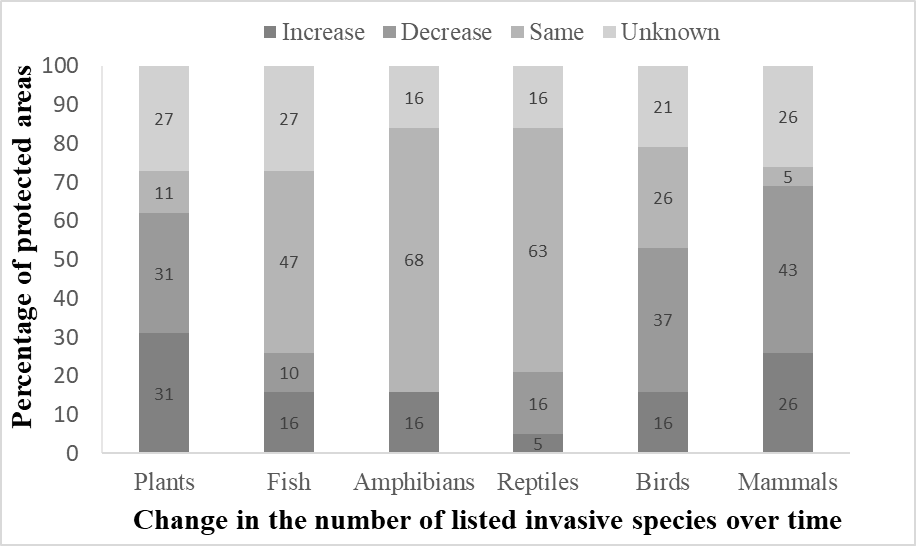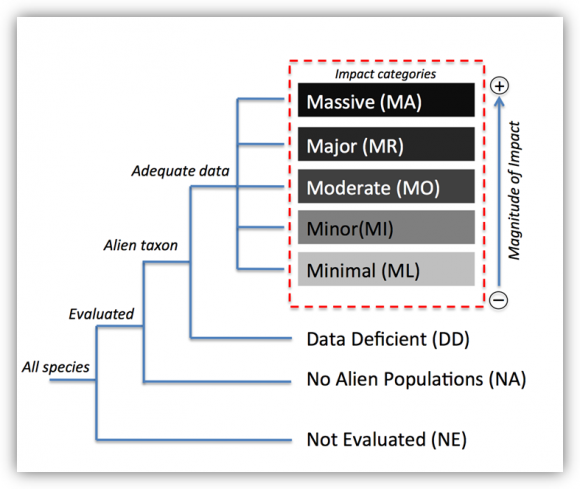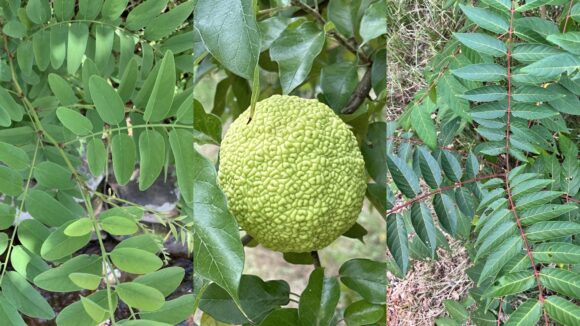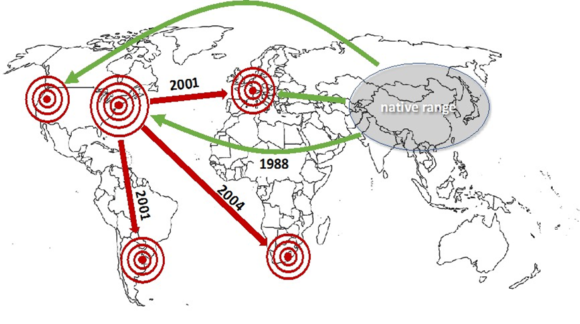14 April 2020 | By Ross Shackleton
The first global-scale assessment of the phenomenon of invasive species was undertaken in the 1980s, as part of the international SCOPE programme on biological invasions. One of the many initiatives of the SCOPE programme assessed the threat of invasive species in protected areas. Invasions have increased greatly in extent worldwide since the 1980s, but how has the situation changed in protected areas?
A study led by Ross Shackleton (former C·I·B PhD student, postdoc and current C·I·B Associate, now based at the University of Lausanne in Switzerland) collated data for 21 of the protected areas around the world that were assessed in the SCOPE programme in the 1980s to determine how the situation, in terms of numbers of invasive species, impacts, and management approaches, have changed over 30 years. The research also involved Louisa Wood (Centre for Environment, Fisheries and Aquaculture Science, UK), Llewellyn Foxcroft (SANParks and C·I·B Core Team Member), Peter Pyšek (Czech Academy of Sciences and C·I·B Associate), and David Richardson (C·I·B Director). A paper from the study was published in Biological Conservation.
Of the taxonomic groups that were assessed, invasive plants showed the greatest increase in numbers of species present (an increase in 31% of protected areas). As was the case in the 1980s, invasive plants are perceived to be the greatest threat to protected areas (60% of regional experts believe the threat level to be increasing form invasive plants in the respective protected areas). The number of invasive mammals has increased in 26% of protected areas. For all other taxa increases in number of invasive species are below 20%, and threat levels remains fairly stable, except for mammals which have shown a large decrease.
Despite the increase in numbers and impacts caused by invasive species in protected areas, several management success stories were documented, and most protected areas are committed to invasive species management; 55% have long-term continuous control and 40% implement ad hoc management. The number of recorded invasive mammals has decreased in 43% of the protected areas in part due to good control, and there have been successful eradication initiatives of one or more species in more than half of the protected areas assessed.
There have also been successes in containing invasive species at the borders of protected areas over long periods, and there were examples of the control of widespread species though innovative adaptive management approaches and the introduction of biological control agents. It is imperative that these initiatives continue, otherwise the impacts of invasive species on biodiversity and ecosystems in protected areas could be much worse.
“This study offers a nice temporal comparison of how the situation of invasive species has changed in protected areas globally. Moving forward with analysis of larger sample sizes would yield clearer insights and could help us to better understand the drivers invasion dynamics in protected areas globally” said Ross Shackleton. “Co-ordination and centralisation of data would help to achieve this”.
Read the paper in Biological Conservation
Shackleton, R.T., Foxcroft, L.C., Pyšek, P., Wood, L.E. and Richardson, D.M. (2020) Assessing biological invasions in protected areas after 30 years: Revisiting nature reserves targeted by the 1980s SCOPE programme. Biological Conservation. (https://doi.org/10.1016/j.biocon.2020.108424)
For more information contact Ross Shackleton at rtshackleton@gmail.com




